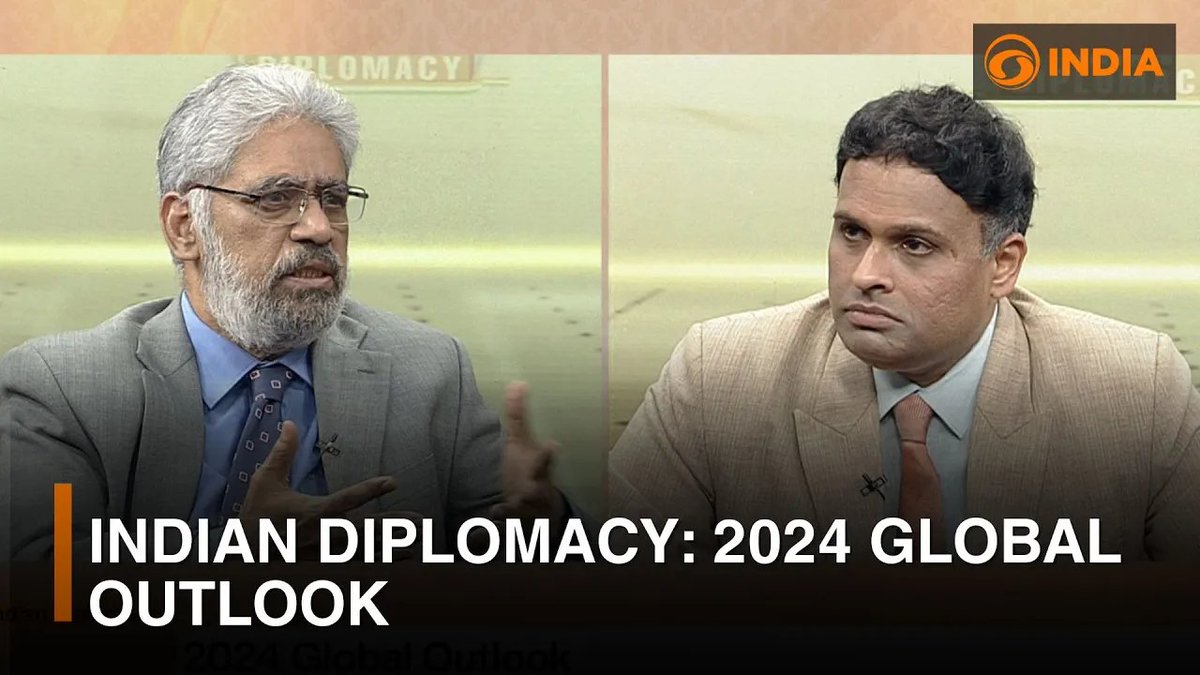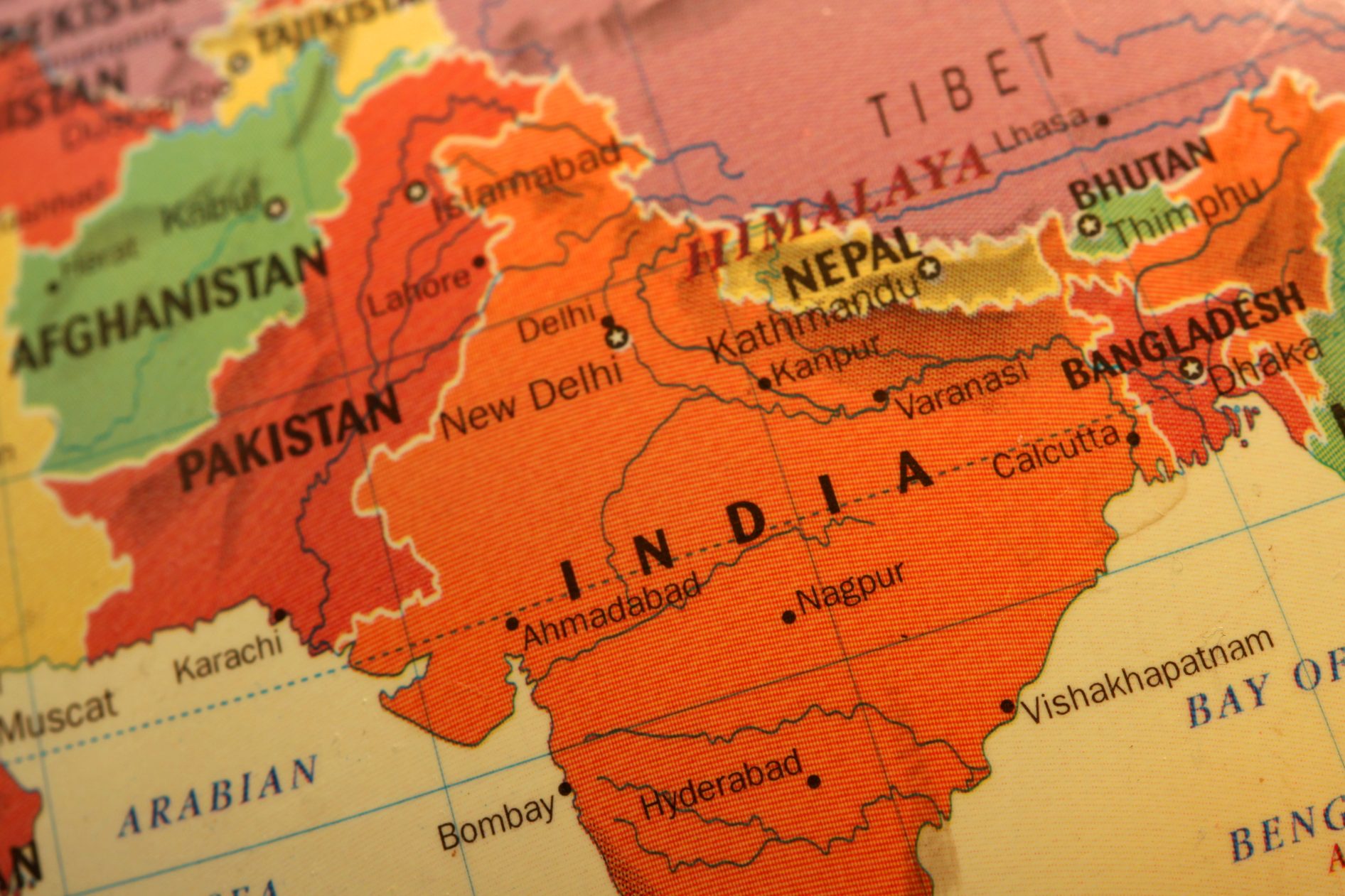Aditya-L1 Mission: Another Feat for India’s Space Program
THE DIPLOMAT
APLN member Rajeswari Pillai Rajagopalan wrote on India’s AdityaL1 Mission. With the opening up of the Indian space sector, the Indian Space Research Organization will increasingly concentrate on interplanetary and other deep space missions. Read the original article here.
India’s maiden solar mission undertook a journey of around 1.5 million km from Earth, taking 127 days to reach its final destination.
The Indian Space Research Organization (ISRO), India’s civil space agency, has had a good run in recent months, with successive successful missions including Chandrayaan 3’s landing on the Lunar South Pole in August 2023. Now the ISRO has reached another milestone with Aditya-L1, its mission to study the sun, having been “successfully inserted into Halo-Orbit around Sun-Earth L1” (Lagrange point 1) on January 6.
India’s maiden solar mission undertook a journey of around 1.5 million kilometers from Earth and 127 days to reach its final destination after the mission was launched on by PLSV-C57 on September 2, 2023. The mission went through several maneuvers and course corrections before it reached the orbit around L1. The Aditya-L1 mission has a lifespan of five years.
The ISRO on its mission page detailed the Aditya-L1 mission as “an Indian solar observatory at Lagrangian point L1 for ‘Observing and understanding the chromospheric and coronal dynamics of the Sun’ in a continuous manner.” The mission has seven payloads “to observe the photosphere, chromosphere and the outermost layers of the Sun (the corona) using electromagnetic and particle and magnetic field detectors.” Given its advantageous positioning at L1, “four payloads directly view the Sun and the remaining three payloads carry out in-situ studies of particles and fields at the Lagrange point L1, thus providing important scientific studies of the propagatory effect of solar dynamics in the interplanetary medium.”
The mission was designed and developed at the UR Rao Satellite Center, with many other ISRO centers contributing to the mission. The payloads were developed by different Indian scientific laboratories, including the Indian Institute of Astrophysics (IIA), the Inter-University Centre for Astronomy and Astrophysics (IUCAA), and the ISRO. Other public sector institutions such as four Kerala-based public sector undertakings – Keltron, Steel and Industrial Forgings Ltd, Travancore Cochin Chemicals, and Kerala Automobiles Ltd – also contributed to the Aditya-L1 mission.
Ananth Technologies, a private sector company partnered with the ISRO in the Aditya-L1 mission as well, working in precision engineering and high reliability manufacturing for space applications. The company said it played a role in manufacturing avionics packages consisting of a number of components, including on-board computers and star sensors. Ananth Technologies also worked on the PSLV launch vehicle, where it provided 48 subsystems and reportedly did complete Assembly, Integration and Testing (AIT).
Indian media reports have put the total cost for the Aditya-L1 mission at around 3.78 billion Indian rupees ($45.5 million), which includes the cost toward the research, development, and testing phases and the high-end equipment and expertise that were critical for studying the sun’s corona. Indian Union Minister for Space Dr. Jitendra Singh, soon after the success of the Aditya-L1 mission, commented that “the Aditya L1 mission is not only indigenous but also a very cost effective mission, just like Chandrayaan, with a budget of only Rs. 600 crore [6 billion rupees].”
Understanding the sun remains important for a number of reasons because solar flares and other space weather occurrences can impact life in many ways including satellite communication systems, both in space and on the ground. Dr. S. Somnath, chairman of the ISRO, commented after the successful insertion of the spacecraft that “understanding the sun is not important for India alone, everyone around the world is looking forward to the findings.”
Given this importance, other countries have similarly undertaken missions to study the sun. In 1981, Japan undertook a mission to study solar flares, with the Japanese space agency, JAXA, launching its first solar observation satellite called Hinotori (ASTRO-A). Since then, it has launched several more missions, with the last known mission in 2006. The United States has undertaken such missions from 1985 onward, with the last such mission the launch of the Parker Solar Probe in 2018. In 2021, it achieved the status of being the first spacecraft to “touch” the sun. The European Space Agency and the National Space Science Center at the Chinese Academy of Sciences have also undertaken missions to study the sun.
As far as India is concerned, this is an evidently complex mission, but it appears that with the Indian space sector opening up, the ISRO may get to focus a lot more on interplanetary and other deep space missions, missions to understand and expand the humankind’s knowledge of the celestial bodies. The ISRO’s several successes over the few past few months show that it is on a growth trajectory in line with growing Indian strategic ambitions. It is also a reflection of the increasing sophistication of its space capabilities as well as the collective confidence of the Indian scientific community to undertake more complex missions.
Image: Depositphotos




